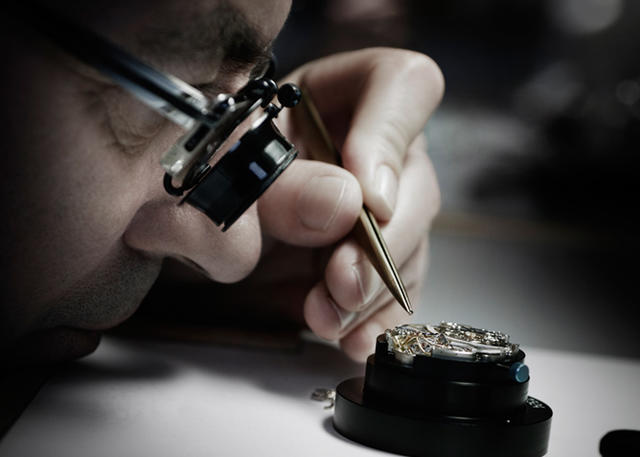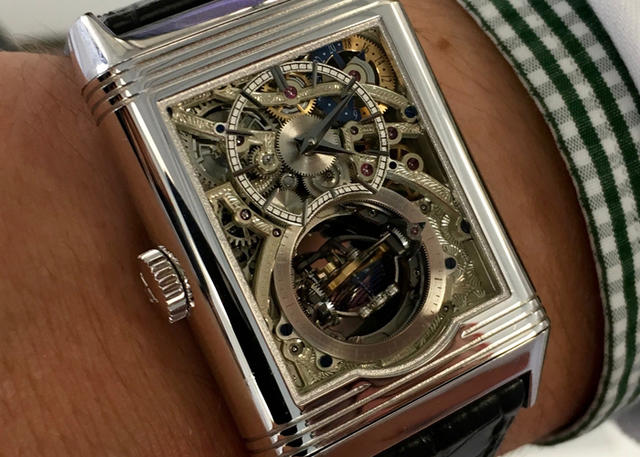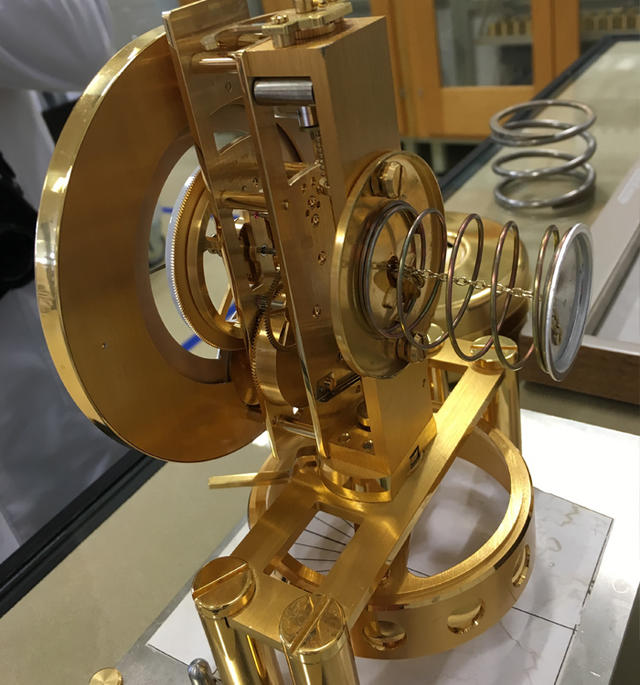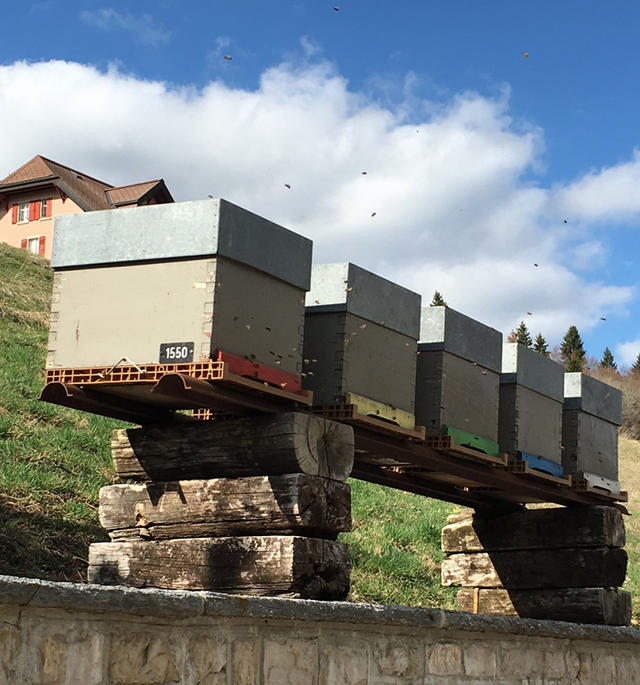A recent visit to Jaeger-LeCoultre’s sprawling headquarters in Le Sentier revealed an impressive array of new initiatives, re-designed manufacturing departments and plans to expand already extensive historical displays. In advance of our upcoming feature about these changes and projects, here are a few highlights of the sights (and tastes) of the manufacture, where more than 1,300 people design, manufacture and market all Jaeger-LeCoultre timekeepers.

1) The high horology workshop, where many of Jaeger-LeCoultre’s 200 most experienced watchmakers forge Gyrotourbillons and minute repeaters, has been re-configured with visitor-friendly glass partitions and a full open floor plan. The watchmakers share technical insights easily behind glass as visitors watch and learn about their work from a centrally placed atrium, complete with a video-screened ‘classroom.’

2) Likewise Jaeger-LeCoultre’s new métiers d’art workshop operates within a similar setting that also, and for the first time, unites all the firm’s thirty artisanal experts, including engravers, guillocheurs, gem-setters and enamellers. The floor’s central area includes an impressive multi-media visual display that transmits a close-up look at the work of any of several artisans as he or she works on a dial or case. The pictured enamel dial of Venus by Botticelli is actually a practice example for one of the artists.

3) While in the high horology workshop wearing and photographing the new Reverso Tribute Tourbillon Gyrotourbillon (last seen inside a Reverso case inside the Gyrotourbillon 2 in 2008) I noted with pleasure that the famed multi-axis whirlwind watch has been dieting. The new version is thirty percent trimmer in terms of both width and thickness, creating a surprisingly compact wrist-hugging case. And, in another revelation, I find the reverse side the more fascinating of the two. Swiveling the case, I was impressed by the richly skeletonized side with its day/night indicator in 24-hour mode at 2 o’clock, the second time dial and the tourbillon-driven small seconds. Each of these tourbillons alone takes an average three and a half months to make and perfect, according to Jaeger-LeCoultre’s famed head of complications Christian Laurent.

4) As was explained inside the Jaeger-LeCoultre’s Atmos clock workshops, where fifty very specific technical experts create these unique clocks, the first set of 1928 Atmos clocks were not powered using the exact same technique as is currently used. Instead of powering itself using the most-minute changes in temperature, the earliest Atmos clocks instead reacted to tiny changes in air pressure to influence a column of mercury, which then powered the mainspring. Fortunately, and for a variety of reasons, that mercury-based winding method gave way by 1939 to the more efficient– and less toxic– method that all the Atmos clocks continue to utilize. That year Jaeger-LeCoultre began to use a sealed, cylindrical bellows filled with the gas ethyl chloride, which reacts to variations in temperature. As the bellows expands and contracts, it winds the clock’s mainspring.

5) Jaeger-LeCoultre honey is more fragrant than honey I’ve tasted elsewhere. Are the bees that live in the ten hives Jaeger-LeCoultre installed in front of its main entrance in 2012 just naturally more artisanal than bees buzzing elsewhere? Perhaps. Or maybe I’m simply being influenced by the work done inside the manufacture, where artistry and years of natural selection also create a superior product. Either way, Franck Crozet, the professional beekeeper from the region Jaeger-LeCoultre hired to set up the hives, has masterfully motivated these Vallée de Joux bees. Any visitor to this Le Sentier manufacture should be sure to procure a small jar of the honey after a tour of the facility.